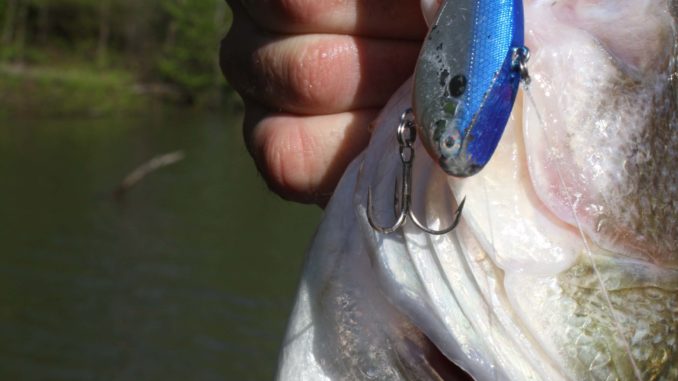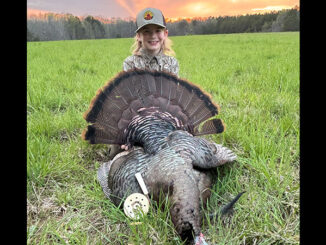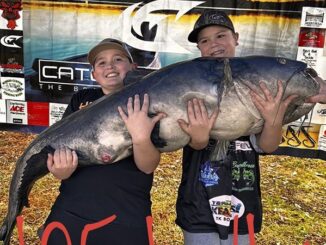
Lipless baits work on staging Kerr bass
The underwater world at Kerr Lake, aka Buggs Island, becomes a stage for largemouth bass when warming weather this month pushes the water temperature into the 40s and 50s. The change prompts fish to move to shallow, staging areas where they’ll wait for another warming trend that triggers their spawning instinct.
Bass pro Tim Grein of Winston-Salem loves fishing for prespawn, staging bass because they’re hungry, having been recently awakened from a winter-long fast by the changing weather.
Grein said anglers can take advantage of these active bass if they locate staging places, not an easy task given an impoundment of some 50,000 acres.
Grein said fish begin staging when the water temperature rises to the lower 40s. A major movement to staging areas occurs with water temperatures in the lower 50s.
“If there’s a few days of warm weather, some fish might move up, but a cold front could push them back to deep water, “ said Grein. “Fish stage in mass when the water temperature is 52 degrees or more.”
Usually, the water is out of the bushes at Buggs in March, leaving much of the shoreline exposed, which makes finding staging places easier.
With the water low, Grein goes lipless for staging bass, favoring 1/4- to 1/2-ounce Rat-L-Traps in blue/chrome and black/chrome for clear water and in crawdad-colored finishes for dingy water. Should March winds really blow, he switches to a 5/8-ounce Yozuri Rattlin’ Vibe or Xcalibur Rattle bait.
Grein can cover water quickly, making long casts with these baits. If the water is high, spinnerbaits and jigs come into play.
Grein said most staging areas are along northern shorelines adjacent to spawning grounds where the fish will make their next move. He looks for the warmest water on the lake, which is often at mid-lake.
Grein targets clay banks on the north side of the lake that get plenty of exposure to the sun. These heated banks not only attract bass, but also crawfish, a dining favorite of largemouths. Baitfish are another key. If an area is void of bait, Grein bypasses the spot and looks elsewhere.
Likely staging places include gravel points, rocky corners and rock veins situated along the way to the backs of creeks. Creek-channel edges and flats near the backs of creeks also rank high as staging areas particularly if shad are flashing along the bank.
Once bass stage in numbers, they’re reluctant to back out.
“Major cold fronts may push them out again,” said Grein. “They don’t want to go anywhere once they’re staging, but cold fronts could give them lockjaw.”




Be the first to comment